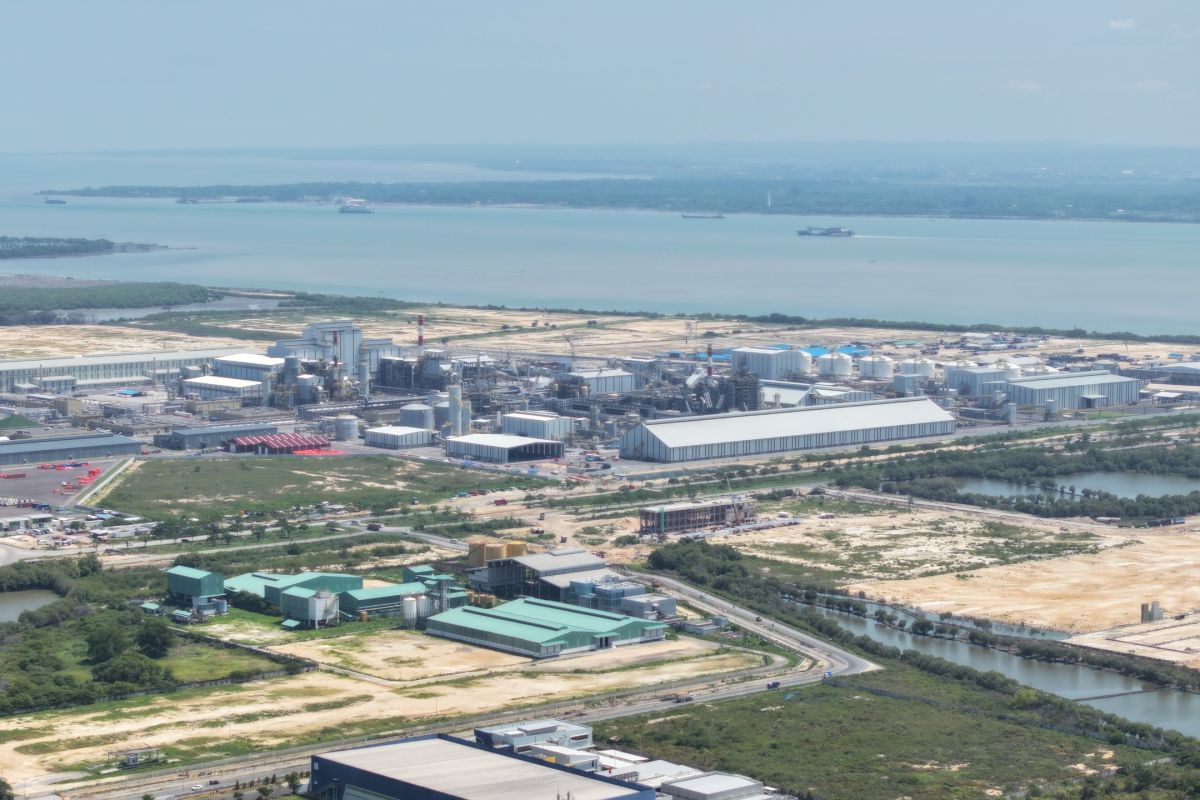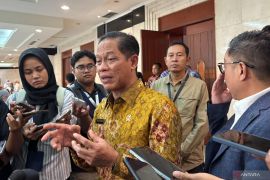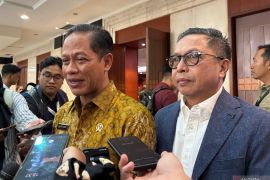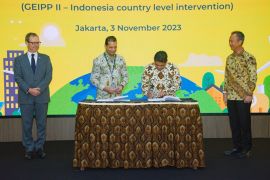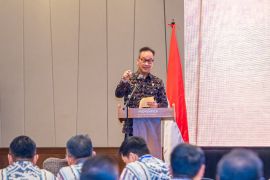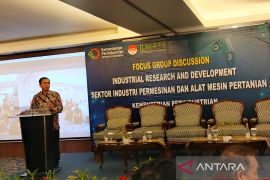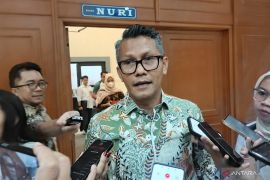Last year, the export value of the manufacturing industry reached USD196.54 billion, making up 74.25 percent of the total national exports of USD264.70 billion.
The realization of manufacturing industry investment stood at Rp721.3 trillion (around USD44.1 billion), accounting for 42.1 percent of the total investment realization of Rp1,714.2 trillion.
In addition, the non-oil and gas processing industry recorded a growth of 4.75 percent, with the total national economic growth reaching 5.03 percent.
The domestic manufacturing industry is not only facing external challenges, such as the influx of imported products as well as the dynamics of geopolitics and the global economy, but also internal challenges, including in terms of supporting infrastructure for industrial business owners.
To tackle these challenges, the government has established industrial parks for manufacturing businesses to support them in carrying out production.
The industrial areas are regulated by Government Regulation Number 20 of 2024 concerning Industrial Zoning. Under the regulation, companies operating in industrial areas get several benefits, such as tax incentives, exemptions from import duties, and supporting infrastructure.
The government is optimistic that the industrial parks can attract a lot of investment as well as boost the performance and competitiveness of the domestic manufacturing industry.
According to the Industrial Park Association (HKI), there are currently 118 industrial parks in the country—55 outside Java and 63 within Java.
The association noted that there are tough challenges to the development of industrial parks, particularly related to security certainty and the industrial utility level.
Security certainty
According to HKI chairperson Sanny Iskandar, the cause of security issues in industrial parks is intimidation from community organizations.
Those organizations usually set targets on which industrial parks to intimidate into letting them participate in company activities, for instance, as providers of food, building materials, as well as waste management.
For those services, companies usually use the bidding system for higher transparency and to ensure the selected service providers are of quality.
There are even cases where community organizations have sealed off industrial areas, which, according to regulations, is not allowed considering that industrial parks are national vital objects.
This issue is still common in Cikarang, Karawang, East Java, and Batam.
It has even led to the plans of investment and investment that have already been received to be canceled, resulting in losses to the state.
Therefore, the Ministry of Industry is seeking effective solutions to tackle problems impeding the performance of industrial parks.
The ministry affirmed that handling these issues will not be easy, but the government will ensure coordination between various ministries, agencies, and law enforcement agencies to address them.
HGBT special allocations
One strategy the government can adopt to overcome utility problems in industrial parks is preparing gas subsidies through the Certain Natural Gas Prices (HGBT) program.
The plan is for the government to set a cheap gas price for the industry at USD7 per million British thermal units (MMBTU), equivalent to 29.41 liters of diesel fuel.
Currently, the subsidy is still limited to seven recipient sub-sectors, namely fertilizer, petrochemical, oleochemical, steel, ceramic, glass, and rubber glove industries.
However, the government is seeking to ensure that all sub-sectors can get the benefits of HGBT, especially companies that build production facilities in industrial parks.
The HGBT program has been proven to increase the utility of recipient sectors. This can be seen from the contribution of manufacturing to national income, which has reached 18.98 percent.
Based on the HGBT recipients' portfolio, there are 321 companies with an industrial gas allocation of 1222.03 billion British thermal units per day (BBTUD), while the allocation for electricity is pegged at 1231.22 BBTUD.
Meanwhile, the capital disbursed for the implementation of HGBT for seven sub-sectors has reached Rp51.04 trillion.
In comparison, the added value generated from the program has reached Rp157.20 trillion, reflecting an increase of almost three times from the initial capital disbursed.
All the industry recipients of HGBT have experienced an increase of Rp84.98 trillion in export value added in the last three years.
Tax increases worth Rp27.81 trillion have also been obtained, while the ongoing impact of the grant of HGBT has encouraged new investments of Rp31.06 trillion.
This is evidence of the positive impact of industrial gas subsidies on Indonesia's economic growth.
By ensuring security and providing gas subsidies for companies that build facilities in industrial parks, it is expected that the manufacturing industry will not only remain the economic backbone, but also the main driver toward the 8-percent economic growth goal.
This would also help improve the global competitiveness of domestic industries.
Related news: Manufacturing still backbone of national economy: minister
Related news: Indonesia's manufacturing investment in 2024 reflects trust: minister
Editor: Rahmad Nasution
Copyright © ANTARA 2025
